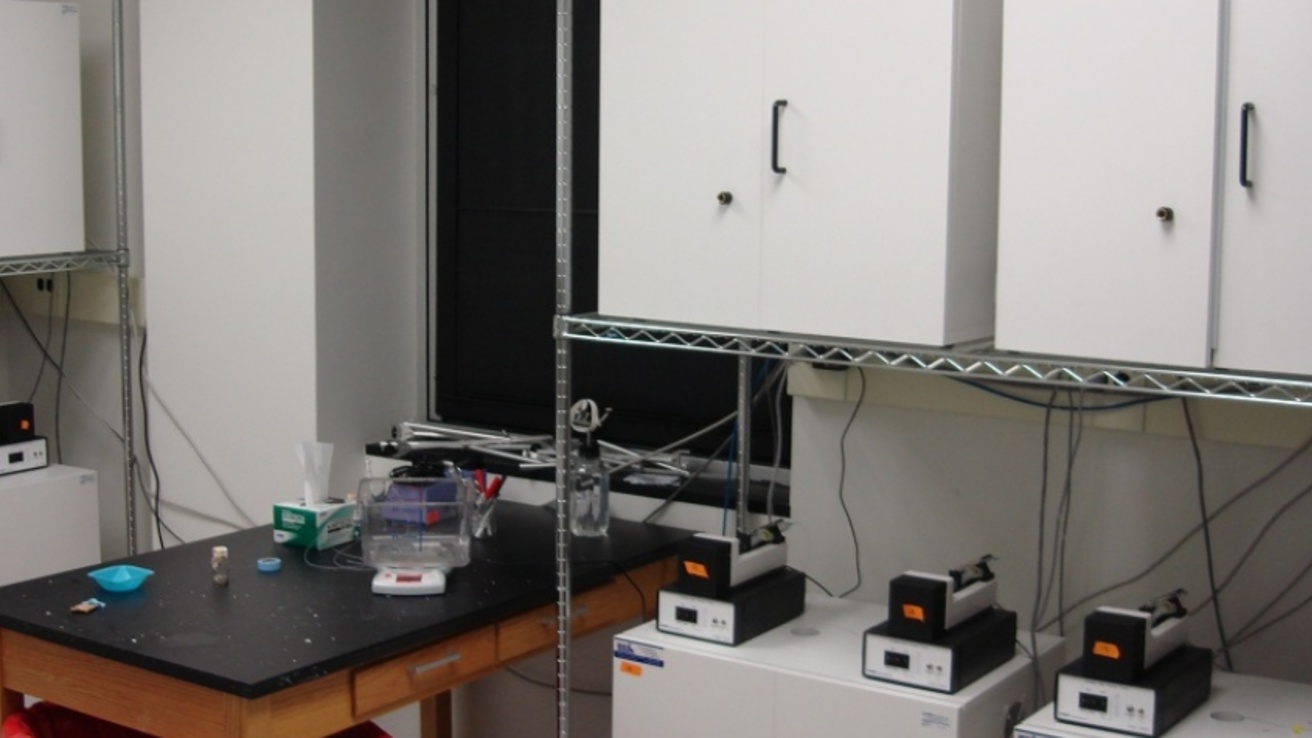Slideshow
Control over drug-seeking behavior
In our research, we study the neurobiology of drug addiction, specifically focusing on drug-seeking behavior in rats. Such investigations give us insight into those systems that underlie craving and promote or inhibit the drive to obtain and use drugs of abuse. Thus, investigations into the neurobiology underlying drug-seeking behavior may be particularly beneficial to the treatment of drug addiction as well as provide us with a better understanding for the neurobiology underlying motivated behavior in general.
To study the issue of drug seeking, we use a drug self-administration paradigm. Rats first undergo drug self-administration, in which they engage in an operant behavior (lever-pressing) in order to receive an intravenous infusion of the drug. After they have done this for a few weeks, the rats undergo a variety of measures of drug seeking. Most commonly, the rats undergo extinction training, in which lever presses no longer produce drug infusions. Over subsequent days of extinction, the amount of lever pressing diminishes. The processes of self-administration and extinction create two separate sets of memories that oppose each other in their control over behavior. Consequently, this becomes a tractable model for understanding opposing influences in drug seeking.
Currently, we have ongoing studies using a variety of approaches to control activity in different neural pathways or record activity simultaneously across multiple brains regions during the extinction of cocaine-seeking or heroin-seeking behavior. Much of our research focuses on corticolimbic regions including the infralimbic cortex, the amygdala, the insular cortex, and the nucleus accumbens, all of which are known to be highly interconnected and likely play critical roles in craving in humans.
